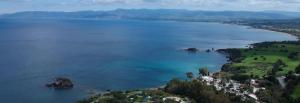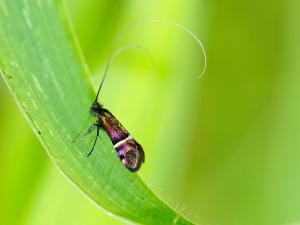
Areas of interest
Get involvedCyprus, the third largest island in the Mediterranean, began forming at the bottom of the sea when the Eurasian and the African tectonic plates started colliding, with Troodos and Kyrenia mountain ranges emerging up first from the sea. Around 5 million years ago, when the Mediterranean Sea periodically evaporated, many species colonized the island and became isolated. Many other colonization and speciation events together with its rich geological diversity, led to high endemic rates of the island’s flora and fauna. The island is also one of the most important bird migration corridors between Europe and Africa and hosts a variety of bird species found nowhere else in the world.
Despite being an island so special in species and habitats with almost 30 percent of its total surface been designated as Natura 2000 network areas, there are many factors today threatening the integrity of the country’s’ natural ecosystems.
Climate change, natural resources exploitation, inefficient waste management, and unsustainable land clearance and agriculture are all factors contributing to the quick degeneration of the island’s biodiversity and ecosystems, leading to an urgent need for conservation and restoration action.
To kick-start activities in Cyprus, the Cyprus Environment Foundation (CEF) completed a scoping report about the island. Drawing on peer-reviewed data and interviews with local experts, the main environmental issues and CEF’s four areas of interest, were identified.




